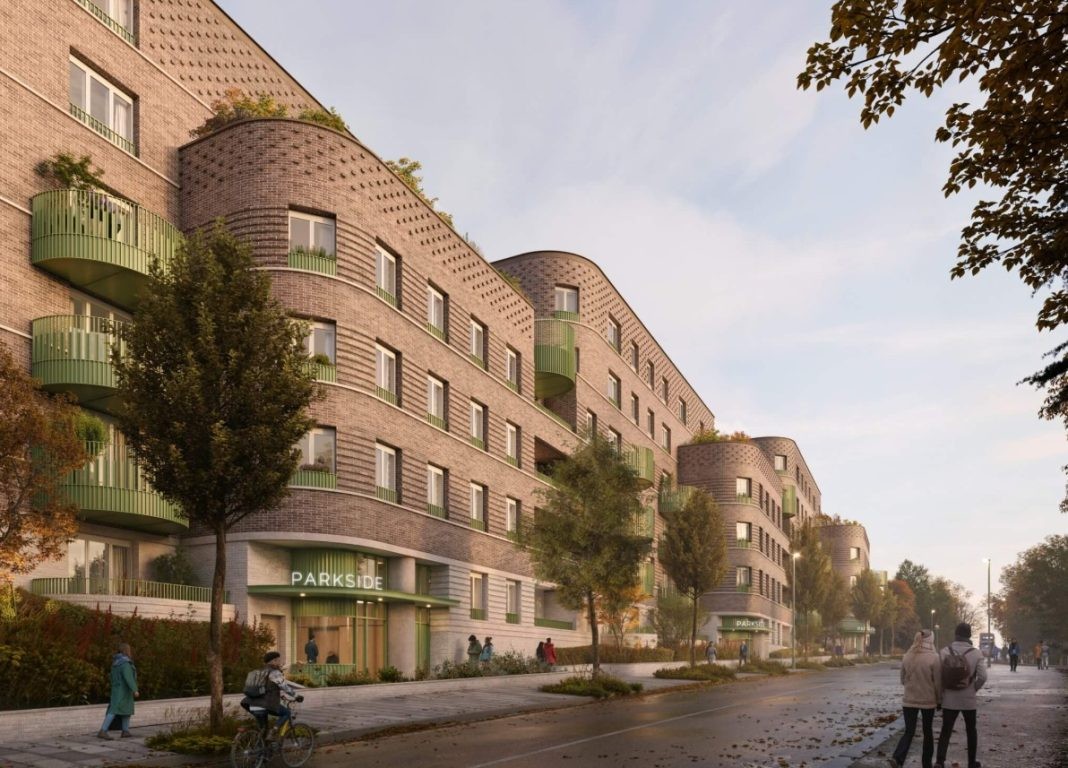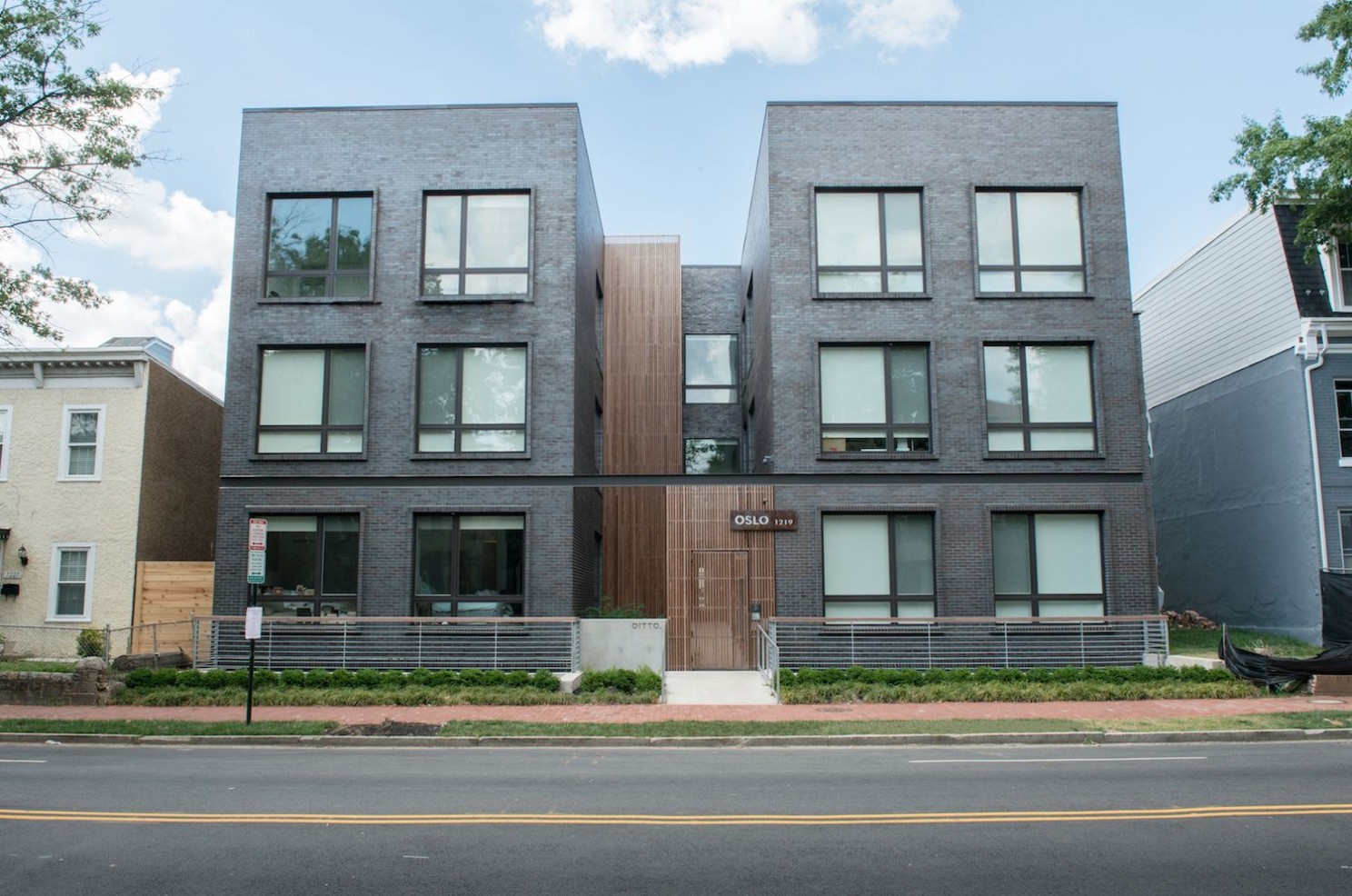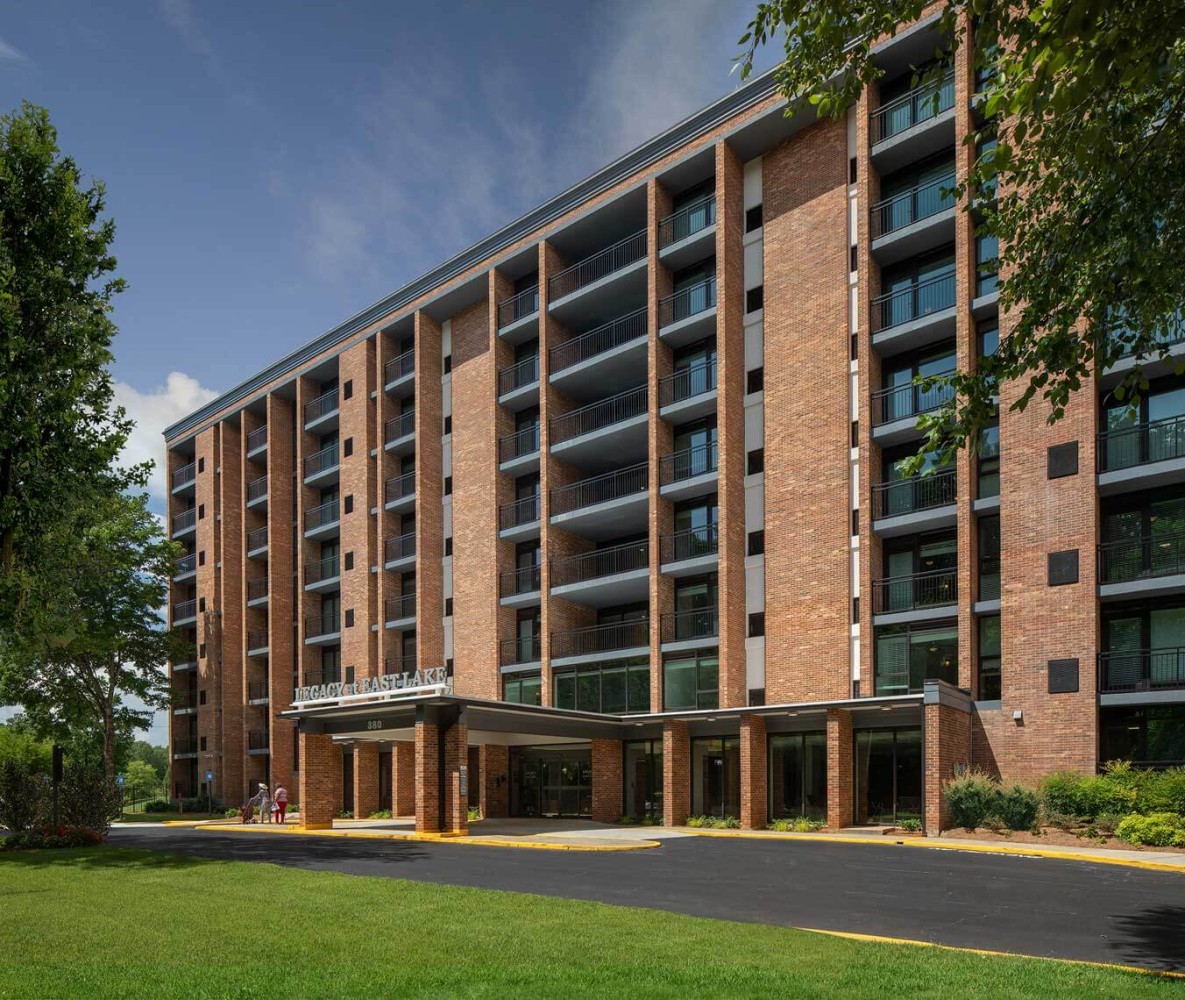
Developments that focus on identity, community, and culture will always outperform those that don’t.
For years, residential property has followed a familiar formula. Minimise build cost. Maximise density. Launch fast with a name that looks good in lights.
The result? A world of projects that feel interchangeable. Architecture without identity. Design without story. Developments that could exist anywhere and mean nothing to the people who live in them.
That era is ending.
There’s a global shift happening. Developers are realising that building homes is no longer just about floor plans and finishes. It’s about building meaning. Building community. And building with purpose.
The Death of Generic Design
Buyers are more design-aware than ever. They know what authenticity feels like, and they’re turning away from copy-paste developments that offer little more than sameness.
Generic design might tick boxes, but it doesn’t create value. Not the kind that lasts.
The best boutique developers today aren’t competing on square meterage or superficial upgrades. They’re creating identity-rich buildings that reflect local culture and respond to how people actually live.
In Melbourne, Nightingale Housing has become a model for this. They remove unnecessary inclusions, skip the second bathroom, build fossil-fuel-free, and focus on high-performance design. Every building has character and purpose. They sell out without fanfare because buyers trust the intent behind every decision.
The Rise of the Conscious Developer
In every market I’ve been watching — London, DC, Singapore, Sydney — a new generation of developers is shifting the game. These are the ones who see their role as more than just delivering units. They’re building with environmental care, community outcomes, and long-term vision.

Stories Development in the UK is a perfect example. They secured £100 million to fund developments for key workers and communities in need. They’ve co-designed housing for people experiencing homelessness. It’s serious work with meaningful impact. And investors are backing them because purpose is becoming good business.

In Washington, Ditto Residential took a bet on co-living. Their Oslo project wasn’t typical. It was bold, smart, and targeted at young professionals who wanted better shared living options. All units leased immediately. They’ve kept 100% occupancy ever since. That doesn’t happen by accident. That happens when you build something that people actually need.
Building With Purpose (and Proof)
Building with purpose doesn’t mean being idealistic. It means being strategic about what matters. The best developers I know are measuring success in ways that go far beyond the P&L.

Look at East Lake in Atlanta. This was a community written off for decades. A coalition of developers, leaders, and locals rebuilt it — with housing, a school, healthcare, and opportunity. Violent crime dropped by 97 percent. Graduation rates hit 100 percent. That’s not just property development. That’s transformation.
Back in Australia, Nightingale’s model has gone from concept to movement. Over 14 projects are now underway across multiple cities. No greenwashing. Just good design, shared values, and communities that actually want to live there.
And in Massachusetts, The Procopio Companies proved that community consultation isn’t a formality. It’s a competitive edge. They listened, adapted, and earned unanimous support from council. The project moved forward because it was built with people, not just for them.
The Future Is Built on Purpose
Developments that focus on identity, community, and culture will always outperform those that don’t. Buyers know. Communities know. And increasingly, the market is rewarding developers who think beyond just ROI.
It’s not about how fast you can build. It’s about what it’s going to mean years from now. Who it serves. What it says. And whether it leaves the place better than it was before.
That’s the kind of development I want to be part of.

